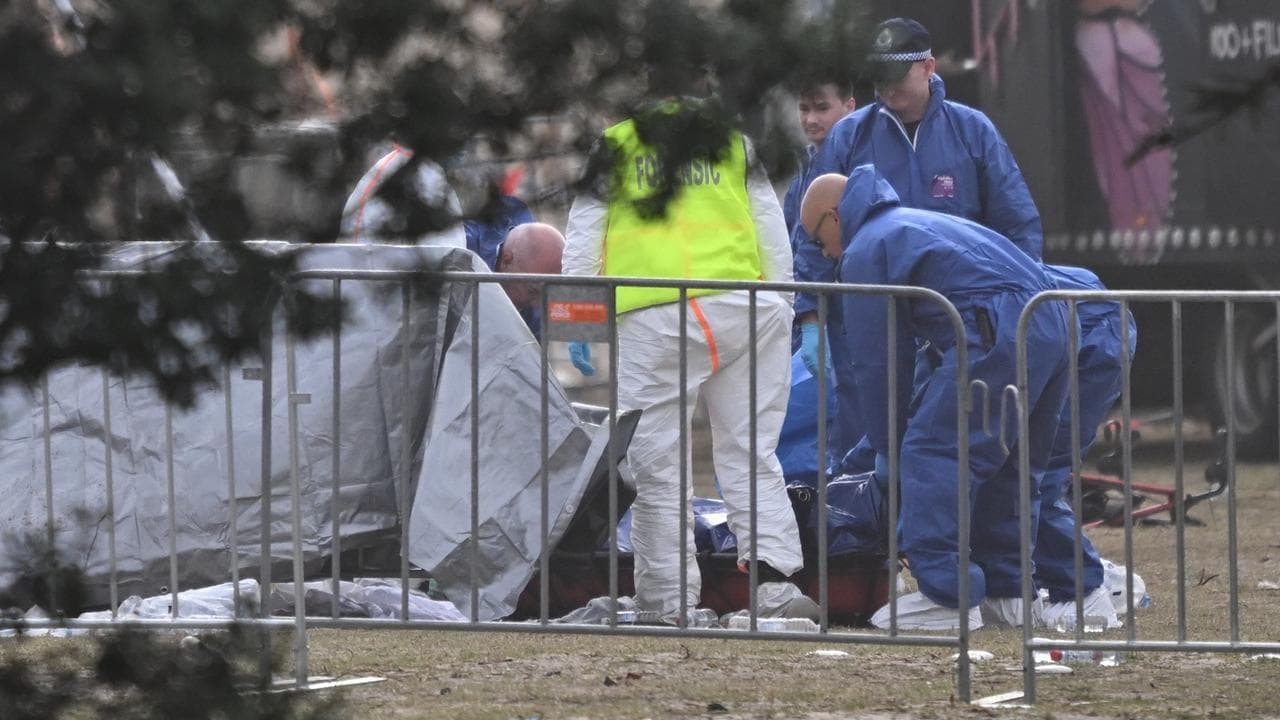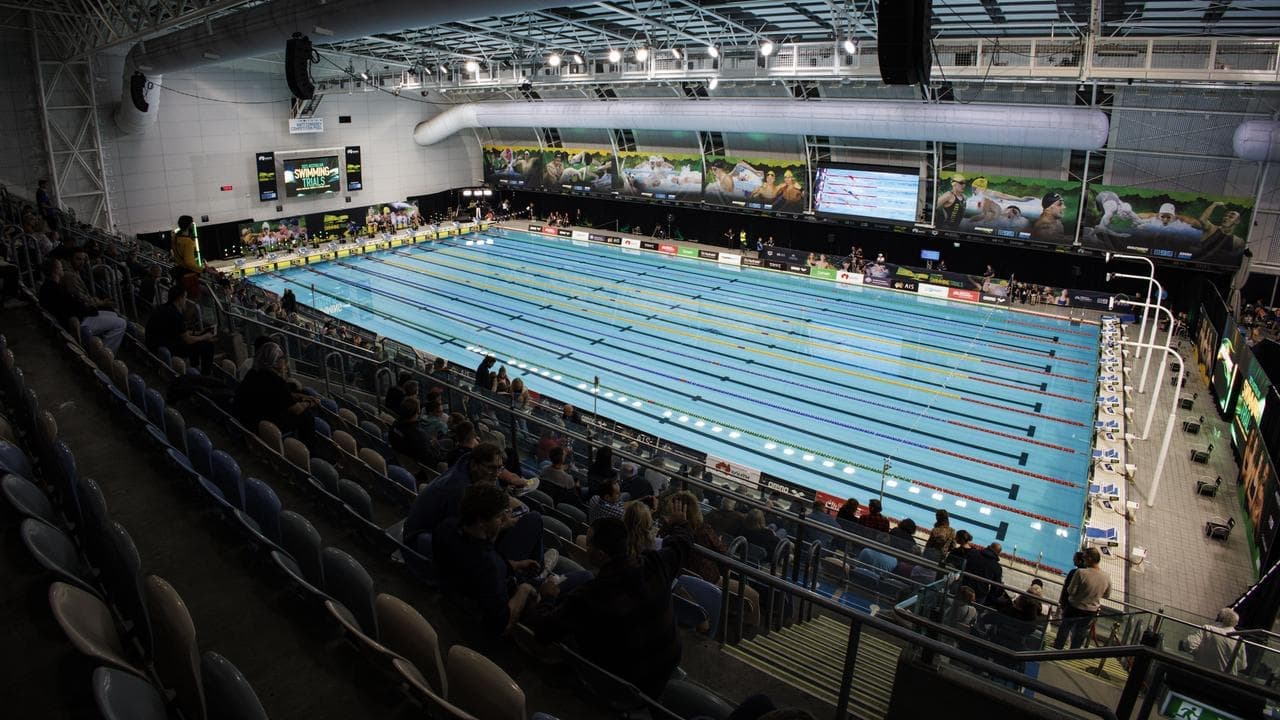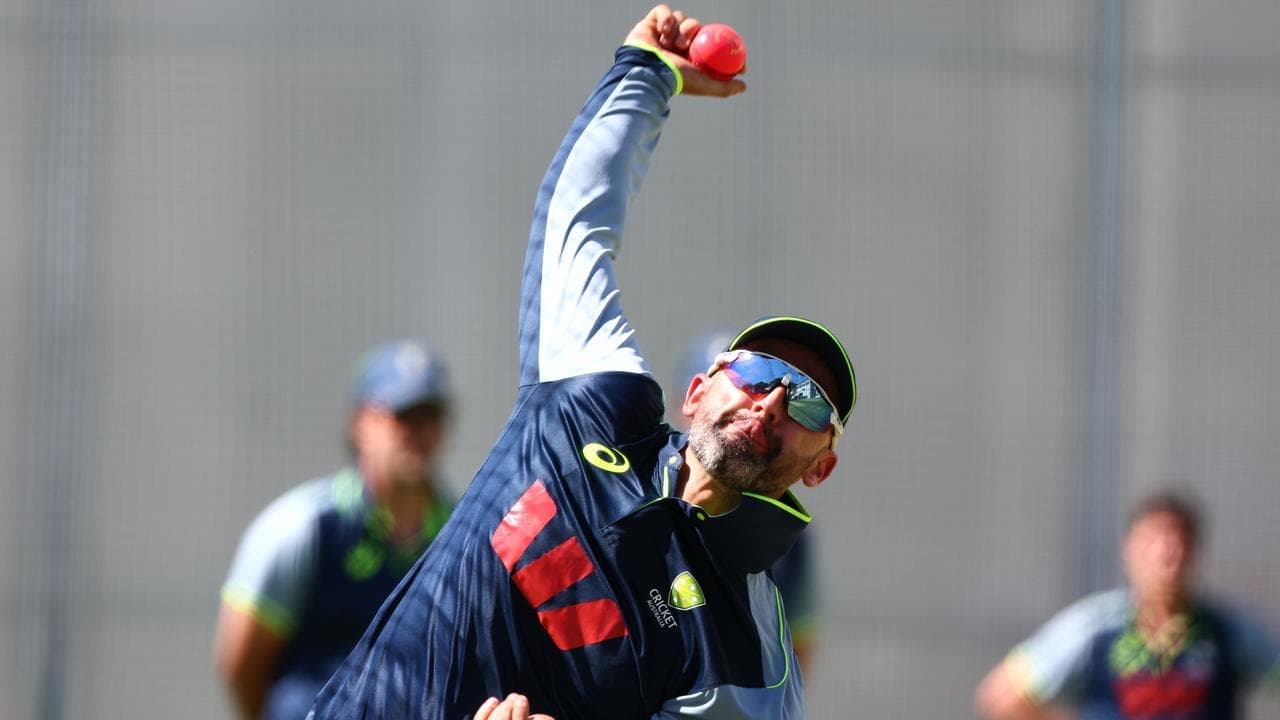The Statement
A meme, shared by an Australian Facebook user, claims Germany's renewable energy networks recently foundered due to severe winter weather - forcing the nation to fall back on fossil fuel sources.
"Germany's green energy FAIL," the text in the meme reads over an image of solar panels covered in ice and snow. "Country returns to coal and gas as millions of solar panels are blanketed in ice."
A similar meme goes further by claiming, "Germany's millions of solar panels are blanketed in snow and ice...(not working)... Its 30,000 Wind Turbines are not turning in the Freezing, Windless Weather....Actually.....they need a constant INPUT of electricity from the grid so they dont (sic) freeze up & chew up their internal workings.... COAL plants to the RESCUE....!"
At the time of publication, the two posts had been viewed more than 60,000 times and shared more than 1050 times. Multiple examples of the posts were found here, here, here and here.
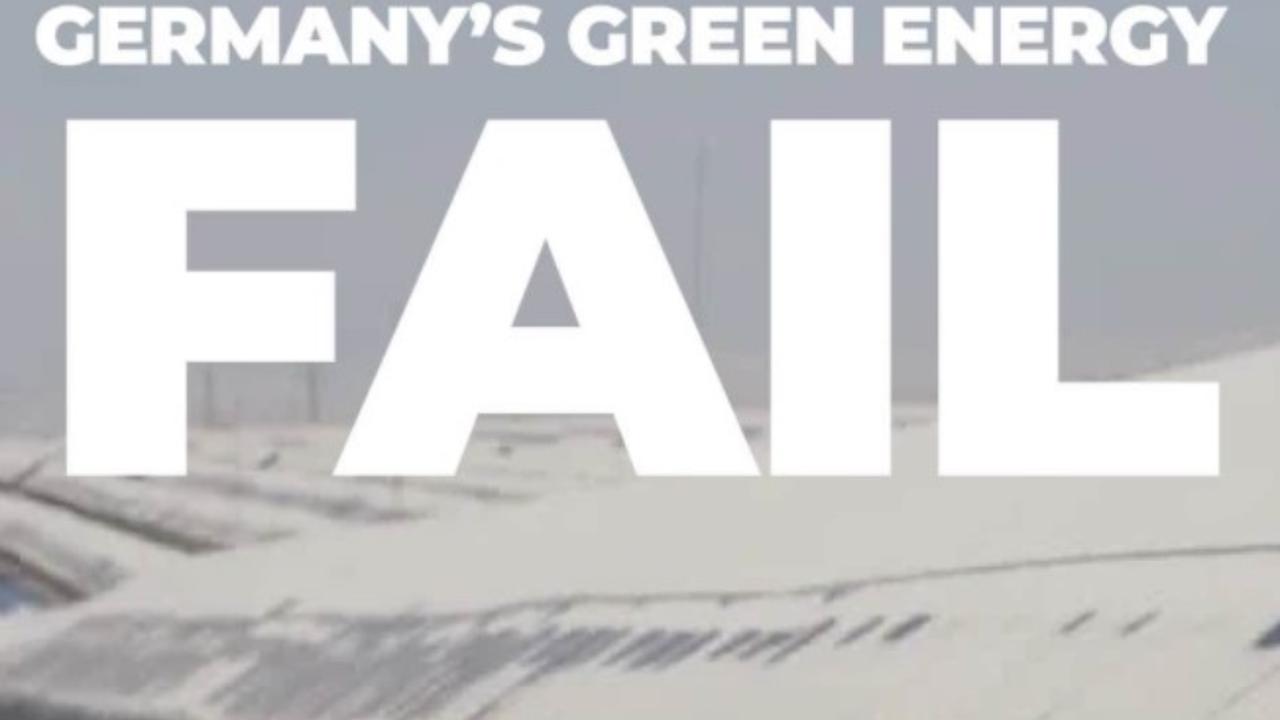
The Analysis
The memes suggest that Germany was forced to "return" to coal and gas during a recent cold snap when in fact renewable energy production did not drop unexpectedly. Rather, reduced output from renewable sources during winter is a consistent but known issue in the country's energy grid.
In addition, the photo used in both memes to illustrate the country's purported problems with ice-covered solar panels was not taken in Germany - in fact, it is a 2017 stock image from Russia.
Germany was hit by a severe cold snap in February, causing disruption to transport networks and temperatures that dropped as low as -26.7C, according to the country's meteorological service.
However, AAP FactCheck found no local news reports identifying problems with the power grid or renewable energy sources in the context of the winter chill.
The claim that thousands of wind turbines were "not turning" can be traced as far back as a January 28 report from climate change sceptic blog NoTricksZone, which said: "This winter there have been many long windless periods, and so Germany's approx. 30,000 wind turbines have been largely out of operation. In a world 100% reliant on green energies, this would mean near 100% darkness at home."
It cited a TV report from German regional public broadcaster RBB titled "Energiewende im Winterstress", a reference to the country's Energiewende green energy transition. The report was broadcast on January 19 and referred to the power network's reliance on coal in the winter months.
The NoTricksZone post was in turn cited in a February 9 post on the anti-wind energy site Stop These Things before similar claims featured on Sky News Australia from conservative commentators Cory Bernardi on February 12 and Rowan Dean on February 14.
Bernardi told viewers Germany was "in the grip of a reality check this week" as its solar panels were "blanketed in snow" while its "30,000 bird-killing wind turbines were statuesquely silent", adding that the wind farms actually needed to draw current from the grid to stop them becoming "frozen solid".
However, while data from energy think tank Agora Energiewende shows significant fluctuations in renewable power generation during January and February, there were no periods in which either wind turbines or solar panels were delivering no electricity for the grid. Similar peaks and troughs can be seen during the same period in 2020.
Rather than an unexpected "failure" in Germany's power network, the phenomenon is a long-identified challenge during the so-called "dunkelflaute" - or "dark doldrums" - when a lack of sunlight and wind means the grid relies heavily on coal, gas and nuclear power.
Craig Morris, the senior manager for international communications with Agora Energiewende, said darkness was more of an issue for solar panels than winter cold.
"The problem is not solar panels covered in ice every few years; it is solar panels in the dark half of the time (it's called 'night'). Fortunately, this has been studied and studied and studied," he told AAP FactCheck in an email.
Solar panels, as featured in the meme, can produce power throughout all four seasons, according to US Department of Energy. The article noted heavy snow could stop them generating electricity, however even a slightly exposed panel was still effective.
Mr Morris has previously written on how the "dark doldrums" of winter affects electricity generated from wind and solar.
"The solution to all of this is 'flexibility options': first, all power plants that can ramp; second, demand that can react; and third, storage - in that order," he wrote in 2017.
"The Dunkelflaute (dark doldrums) is the central technical challenge of the Energiewende (energy transition) in the power sector."
Nevertheless, Mr Morris pointed to the fact that Germany's overall reliance on green energy sources continued to rise - not fall.
"Germany's Renewable Energy Act of 2004 had a goal of 20 per cent green power as a share of demand by 2020. We hit 46.2 per cent last year," he told AAP FactCheck.
The Fraunhofer Institute for Wind Energy and Energy Systems reported that renewables share in Germany's net electricity generation for 2020 exceeded 50 per cent while Bundesverband der Energie und Wasserwirtschaft (BDEW), the business association of energy and water industries, also said renewable energy generation rose last year.
In its annual report, the BDEW said renewable energy went up three per cent in 2020, while coal usage went down approximately 18 per cent and natural gas 3.4 per cent (page 3).
Dennis Kruse of Deutsche WindGuard, a consulting firm for technical services to wind farm developers, told Lead Stories that weather conditions in Germany generally don't present a major problem when it comes to wind turbines' operations.
"In the winter months, during very particular weather conditions (especially when humidity is very high and temperatures are slightly below freezing), it can actually happen that ice forms on the rotor blades," he said.
"If that happens, the turbines turn off and someone has to go and check whether the ice actually presents a safety issue. In many cases, the turbines can be turned back on right after."
Wolfram Axthelm, managing director of Germany's Wind Energy Association, told AFP "the claim that weather conditions would cause thousands of wind turbines across the country to stand mostly idle is simply false."
Martin Green, Scientia Professor at the University of New South Wales, Sydney and director of the Australian Centre for Advanced Photovoltaics, told AAP FactCheck the claim that green energy "failed" in the freezing weather is incorrect.
"Germany will not be returning to coal and gas but will continue steadily phasing them out," he said in an email, although he acknowledged severe weather could impact all energy systems.
"Extreme weather can disrupt both conventional and renewable energy systems, with the recent Texas freeze another example, where multiple gas and one nuclear plant were lost," he said.
The meme's photo of snow-covered solar panels is a screenshot from a video on the stock photo sites, Shutterstock and iStock. Photographer Alexey Murzin confirmed to AFP FactCheck the location was not in Germany but near the Russian town of Orsk, and the photo was taken in 2017.
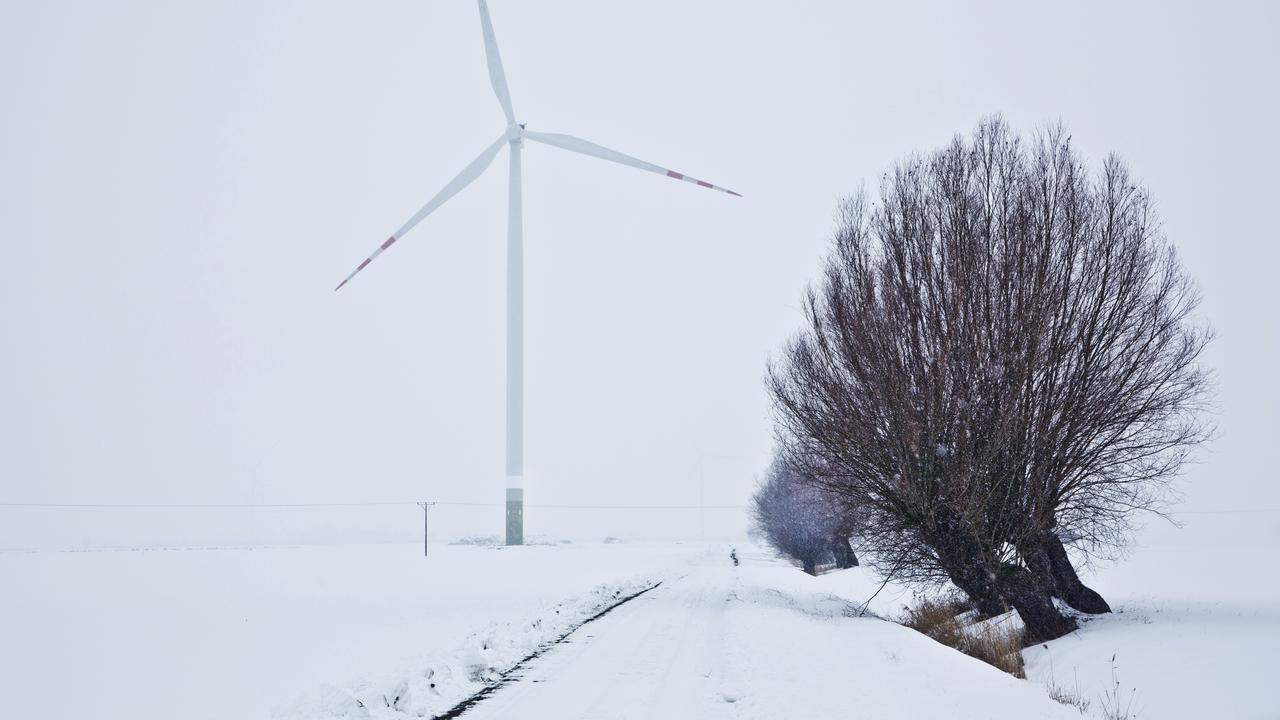
The Verdict
While it is true that severe winter weather, including heavy snow, can impact Germany's renewable energy output, it is incorrect that the green sources like solar and wind "failed" during the February cold snap.
In fact, the country's solar panels and wind turbines continued to generate energy throughout the period. Renewable power generation lulls in winter are a known challenge in Germany's grid, however the country continues to reduce its overall reliance on fossil fuel generation.
Finally, the photo used in the memes is unrelated to Germany or recent cold weather. It was taken in Russia in 2017.
Partly False – Content that has some factual inaccuracies.
AAP FactCheck is an accredited member of the International Fact-Checking Network. If you would like to support our independent, fact-based journalism, you can make a contribution to AAP here.







